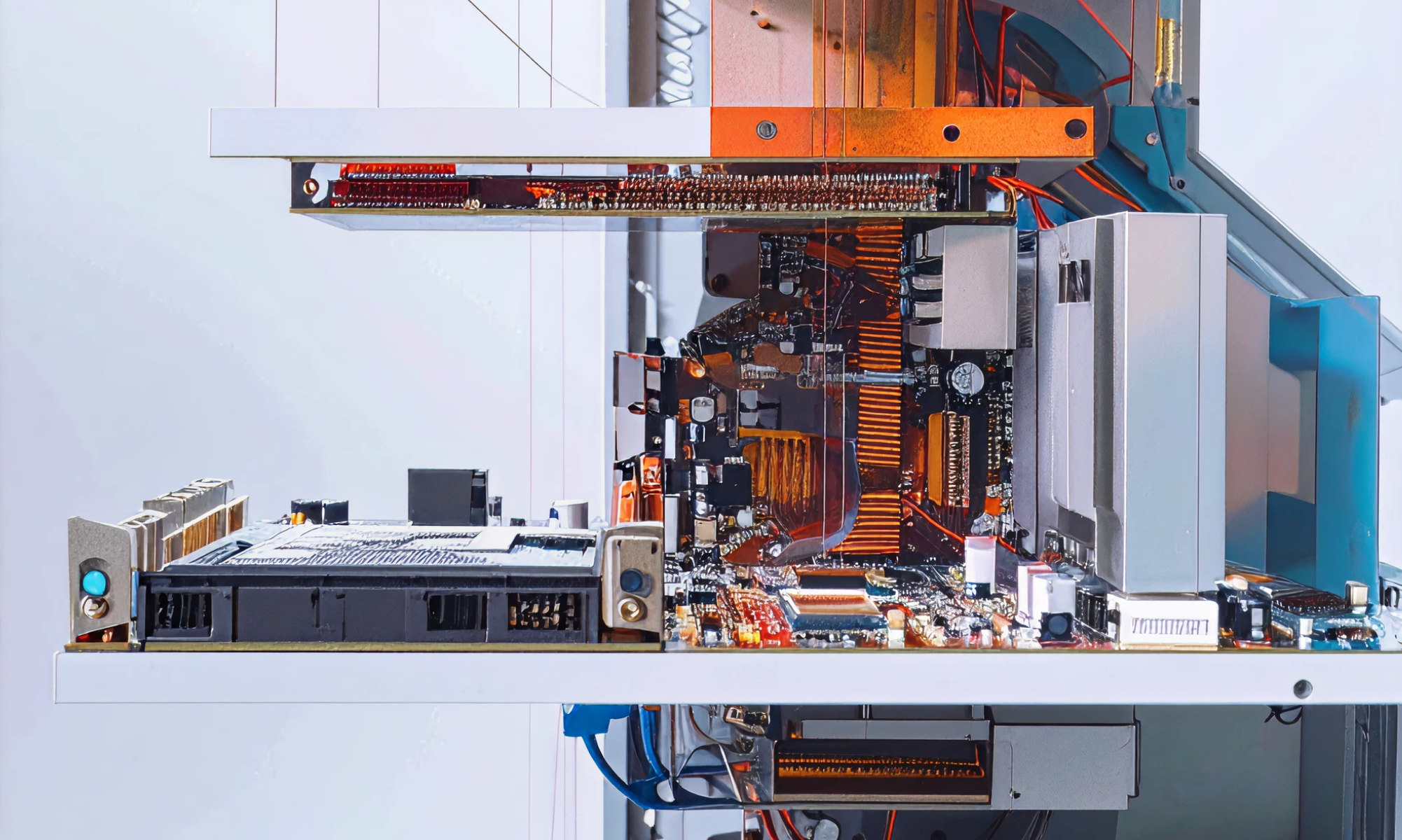AI
our blog
We’ve Built 250+ Products. Here’s What No One Tells You About Shipping Digital Products

When you hear about the success stories of digital products, it often sounds like a smooth ride from idea to launch. However, the reality is far from polished. At Studio Graphene, we’ve built 250+ products and along the way, we’ve learned some tough but important lessons. In this blog, we’ll share the unfiltered truths behind shipping digital products, based on the real-world experience of our product managers.
We recently spoke with our product management team to get their insights and here’s what they had to say. Spoiler alert: it’s not all sunshine and rainbows.
1. There’s no one-size-fits-all approach
Every product is unique. What worked on a previous project might not work on the next. Flexibility is key. Whether it's navigating shifting scopes, changing priorities or evolving customer needs, adapting quickly is critical. Products aren't built in a vacuum and every decision has to be tailored to the project at hand.
2. Test ideas before you build
As tempting as it may be to dive straight into development, it's essential to test ideas early. Using prototypes, user testing or no-code tools before committing to full-scale development saves time and money. The early stages of product development are about learning – not guessing. Getting feedback before you build ensures you’re not wasting resources on ideas that may not work in the market.
3. Base decisions on data, not guesses
Building a product without data is like driving without a map. Relying on opinions alone doesn’t guarantee success. Real user feedback and data lead to better products. Decisions based on data ensure that the product meets real needs and solves actual problems. It’s easy to make assumptions, but data-driven choices make all the difference in shaping a successful product.
4. Trust takes time
It’s easy to underestimate the importance of trust in product development. Aligning with clients and stakeholders is crucial for a successful project. Trust is built over time and when everyone works towards a shared vision, it’s far easier to navigate the complexities of digital product development. A successful project happens when everyone aligns on a shared vision and builds trust.
5. Involve engineers early
It’s common to think that product management should take the lead and hand over requirements to engineers once a clear vision is formed. However, involving engineers early in the process helps ensure the product is scalable and future proof. When engineers understand business goals, they can build software that’s more aligned with the long-term vision. Early collaboration can prevent costly changes down the line and set the foundation for a more robust product.
6. You don’t know what you don’t know
Lots of unknowns will come up. Every project has its surprises, whether it’s technical challenges, shifts in scope or changing client expectations. Setting yourself up to be agile is essential. Building small MVPs to test ideas helps minimise risks. An MVP allows you to get a clearer picture of things as you progress. The earlier you learn what works (and what doesn’t), the better you’ll be at adapting and delivering a product that works.
7. Launch is only the beginning
Many clients view launch day as the finish line, but that’s when the real work begins. Clients often think launch day is the end and that the product will be immediately successful. The launch is just the starting point. Post-launch iteration, including gathering user feedback, fixing bugs and planning the next steps for the product roadmap, is just as important as the development phase. The real challenge starts after users get their hands on it. Continuous iteration based on real user data is what leads to true success.
8. Shifting scopes are inevitable
One thing we can say for sure is that the scope of a project will change – sometimes multiple times. Whether it’s due to evolving client requirements, market shifts or new features emerging, staying flexible and keeping communication open with stakeholders is essential. Agility is key. Being prepared for scope changes ensures that you don’t get caught off guard and can adjust the product as needed.
Building digital products is challenging and unpredictable. But when done right, it’s also incredibly rewarding. At Studio Graphene, we’ve learned through trial and error, feedback from users and constant iteration. The unfiltered truths we’ve shared are the realities every product manager faces, but they’re also what help us get from concept to launch and then beyond. If you're in the trenches of building a digital product, remember these lessons and keep pushing forward. The end result is always worth the effort.








